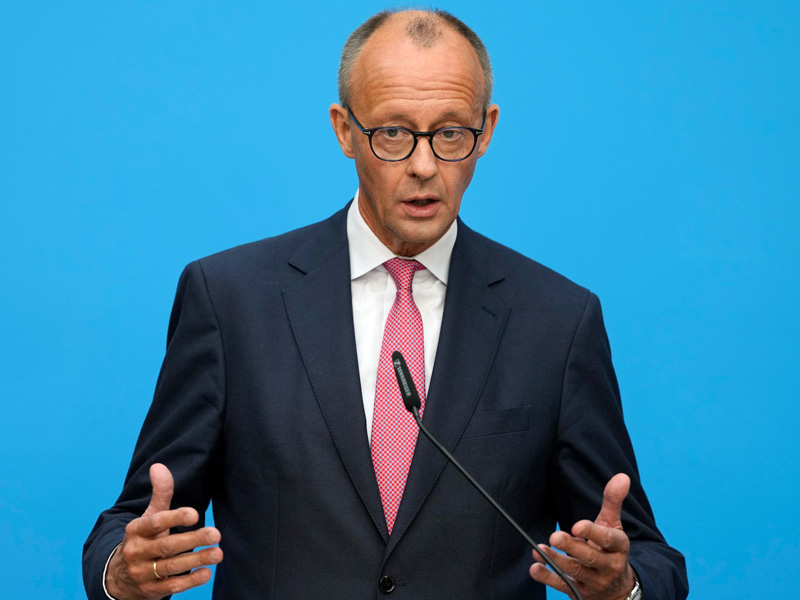Nigeria’s electricity generation capacity decreased to 4,249.10 megawatts in the second quarter of 2024, down from 4,922.26 MW in the same period of 2023, as reported by the Nigerian Electricity Regulatory Commission (NERC).
The Q1 2024 report revealed a 13.68% decline in available electricity from 27 power plants connected to the national grid, marking a reduction of 673.16 MW compared to Q1 2023.
This significant drop in total energy generation in February, relative to January, was primarily due to decreased output from several major power plants; Egbin ST (Gas) reduced by 142.19 megawatt hours (MWh), Rivers Independent Power Project decreased by 105.60 MWh, Olorunsogo, Nigerian National Integrated Power Project (NIPP) dropped by 53.32 MWh and Geregu decreased by 41.49 MWh.
The Omotosho NIPP also did not generate any power in February due to gas shortages. NERC’s Q1 2024 report noted two grid collapses during the quarter, with one partial collapse on February 4 and one total collapse on March 28, 2024.
“Grid performance in the quarter showed average lower daily system frequency at 49.00Hz and average upper daily system frequency at 50.68Hz, which were outside the normal operating limits (49.75Hz – 50.25Hz) but remained within the lower and higher bound stress limits (48.75Hz – 51.25Hz),” the report stated.
NERC stressed the risks of operating the grid outside normal limits and highlighted ongoing efforts to enhance system coordination.



























